when I made my quarantine log cabin quilt, there was a LOT of information about all the choices in that quilt. Having piled so much meaning into the fabric choices in my quarantine log cabin quilt, and having written about each block as I made it, it seemed like all those words needed to be recorded on the quilt label...
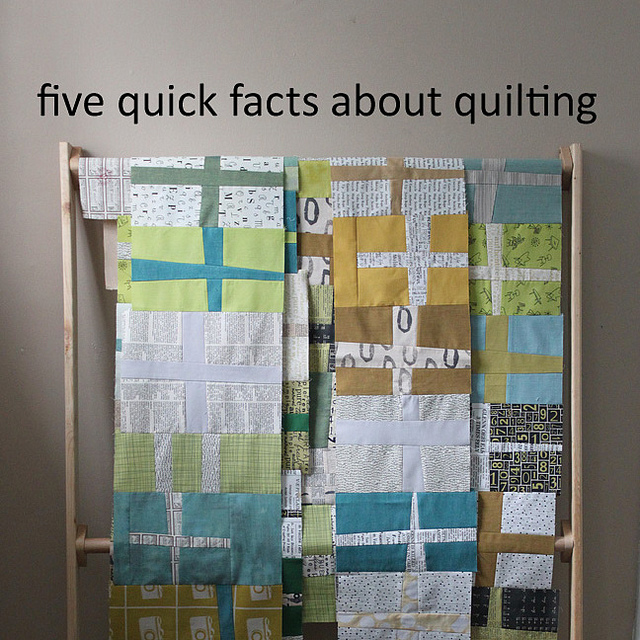
Explaining Quilting to Non-Quilters
I’ve been working hard getting class listings ready for Pink Castle. (By the way, if you’re near Ann Arbor, sign up for the local newsletter to get class lists and in-store coupons here: http://tinyurl.com/pinkcastleLOCAL).
As part of this, I’ve been talking with a wide variety of people about what they’d like to teach. Karen LePage (One Girl Circus) is going to be teaching garment sewing classes (she’s so good, I’m so excited!!!) and she had the brilliant proposal to have a “Garment Sewing for Quilters” class. Which is so cool, because a quilter is going to know some things really well and other things will be complete mysteries.
(One Girl Circus) is going to be teaching garment sewing classes (she’s so good, I’m so excited!!!) and she had the brilliant proposal to have a “Garment Sewing for Quilters” class. Which is so cool, because a quilter is going to know some things really well and other things will be complete mysteries.
The idea of “Garment Sewing for Quilters” of course suggests a counterpart…”Quilting for Garment Sewists.” Which had me thinking about what I would teach…the scant-1/4-inch seam, pressing properly, rotary cutting…
But then I was also thinking about the class listings overall and how “quilting” classes might look to a non-quilter. Like, it would be really easy to have no idea what the heck the difference between “Introduction to Improv Piecing” and “Introduction to Free Motion Quilting” might be. Don’t they both sound like “make a quilt in some sort of hippy dippy way!”
I came up with this list of basic facts and terms in quilting:
1. The word “patchwork” refers to the top of a quilt, which is made by sewing together different pieces of fabric to form a cohesive whole.
Here, for example, is a large piece of patchwork.
It’s not a quilt yet because there is just the single layer. If the top of a quilt is made from a single piece of fabric (uncut and unsewn) then it is not “patchwork” it is “whole cloth.”
2. Most quilters make patchwork from cotton fabric. The cotton fabric that quilters use is fairly lightweight, durable, and comes in a wide variety of patterns and colors. This fabric is typically called “quilter’s cotton” and savvy quilters know to seek out dedicated quilt shops to find the highest quality fabric.
I use Yelp! and the Yellow Pages to find quilt shops. And of course, online fabric shops for quilters are fabulous.
3. The middle layer of a quilt is called batting (or, in some parts of the world, “wadding.”) Batting is most commonly made from cotton (sometimes blended with polyester or bamboo) and is sold as a single fleecey layer.
Here’s piece of batting fresh out of it’s package.
This will be unfolded and smoothed out before it is used.
4. The bottom layer of a quilt is usually referred to a “the back” or “backing.” It is usually a single piece of fabric (or maybe two large pieces). But, sometimes the back of a quilt will have as much patchwork as the front! Like the front, the back of a quilt is most commonly made of quilter’s cotton.
5. The joining of the three layers (top, batting, and back) is what makes a quilt a quilt! This part of the process is called “quilting.” Quilting can be done by hand or on a machine.
What do you think?
I’ve already started thinking of the next 5 facts.
6. Binding is…
7. Applique can be used…
8. Types of machines used for quilting…
9. Some machine quilting is “free motion” and some is…
10. Alternatives to quilter’s cotton…
This Post Has 25 Comments
Comments are closed.

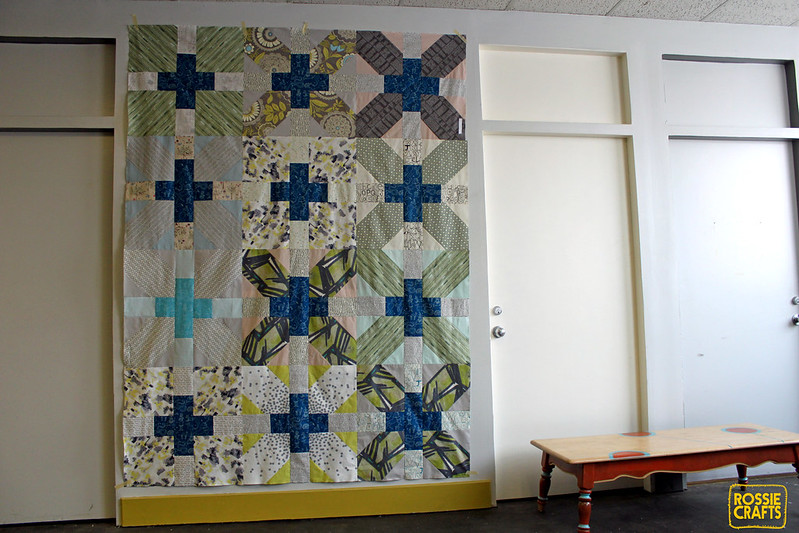
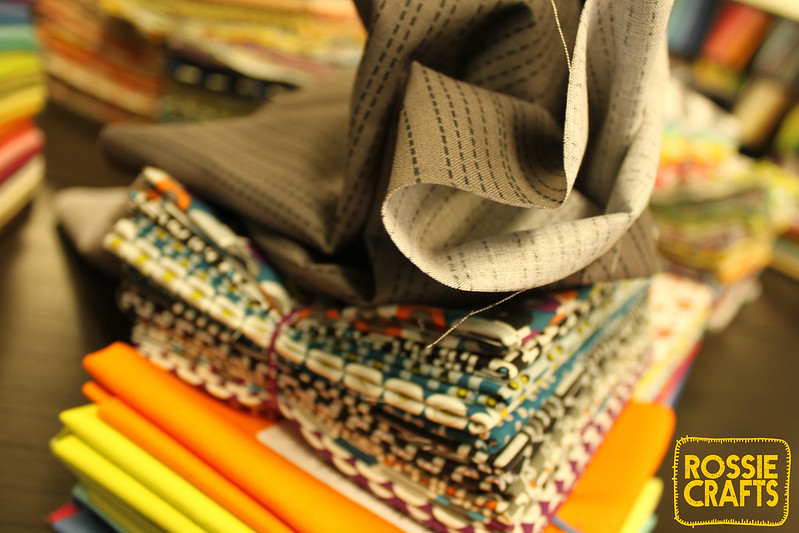
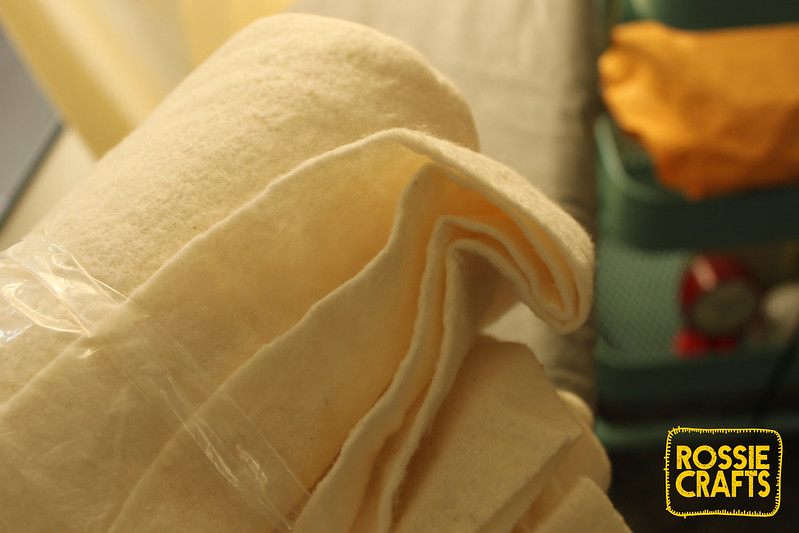

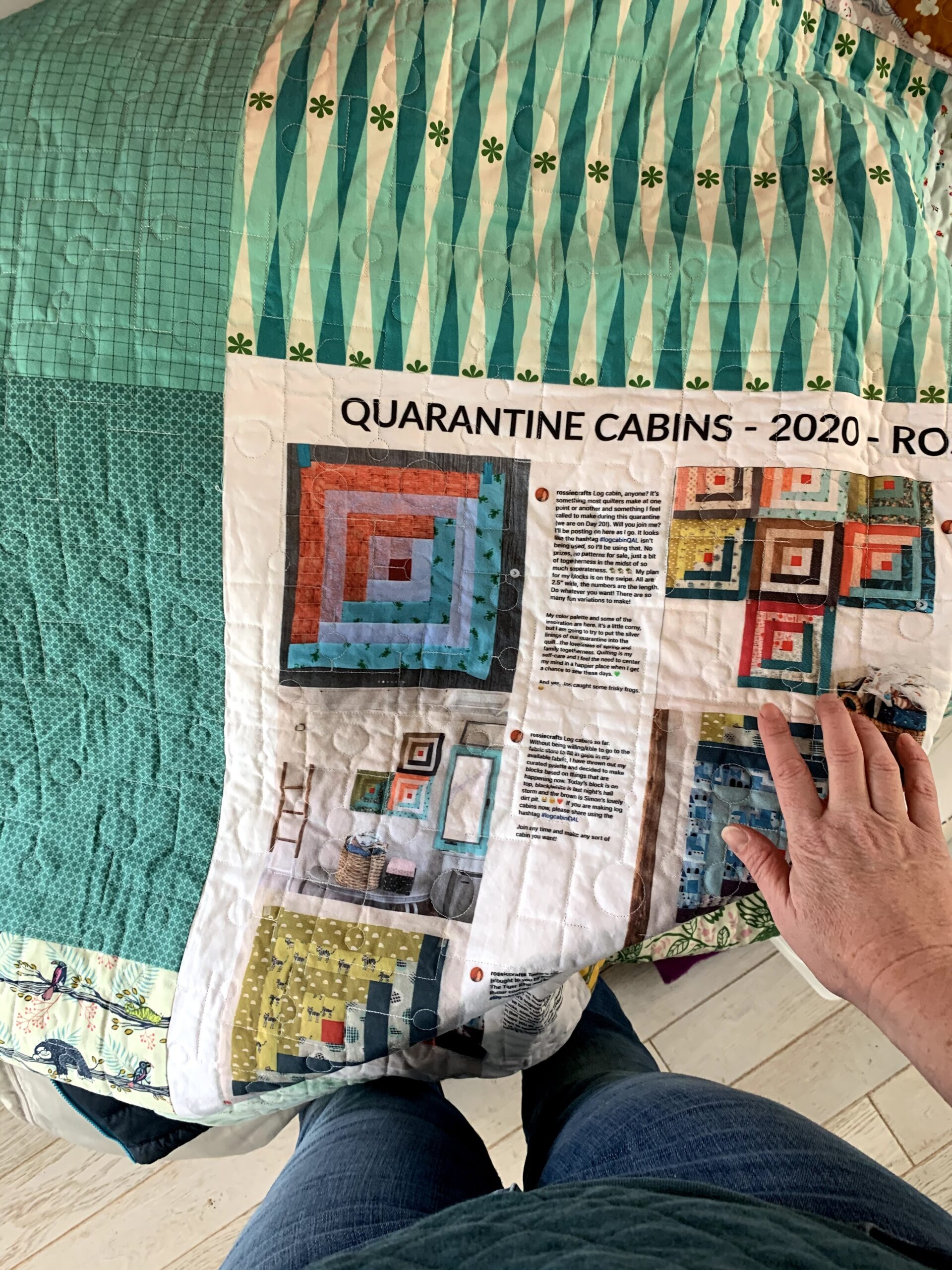

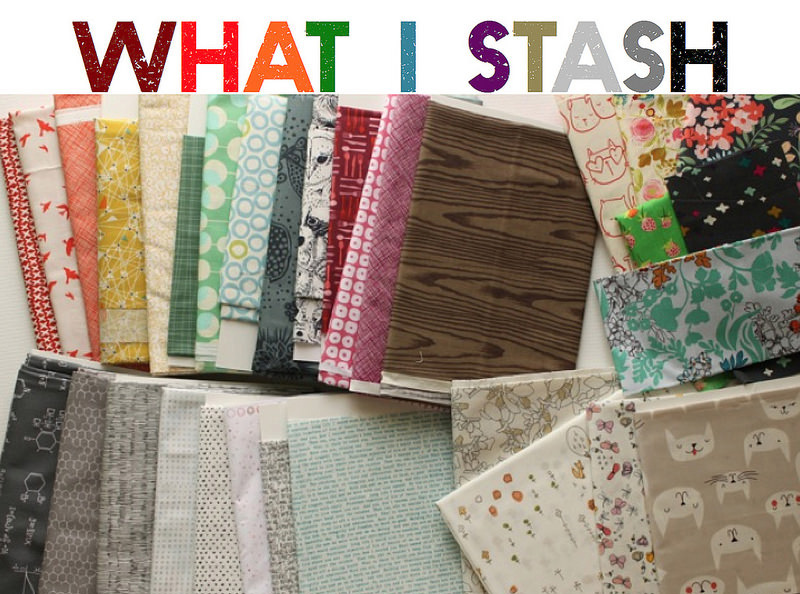
another fact not well known outside the quilting community is that most quilters don't use leftovers from other projects or scraps from clothes, but they buy yardage specifically for quilting. Also known as "cutting up perfectly good fabric into little pieces and sewing it together again." this is a great idea!
Oh, good point. My dad thought that as well and was shocked to find out that I BUY FABRIC to make quilts instead of just using scraps. Of course, I use scraps, too, but mostly, I buy yardage!
Lately I've seen a lot of quilters using the word patchwork just to refer to a set of squares. Let's work from the same definitions!
If you're teaching quilting specifically to garments sewers, let them know not to be afraid of curves because it's similar to sleeves and hems.
Yes, I've seen that, too. I thought about mentioning it in the post. It's a wrong use of the term and is just confusing. Because if a checkerboard-type pattern is "patchwork" than what's patchwork? A "bit of piecing"?
I think garment sewers are so much less likely to be worried about curves than your average beginning quilter for exactly that reason! It's funny how everyone comes to quilting with different ideas and worries.
Nice simple explanations I like it! The class ideas are great as well I would take the garment one for sure.
Thanks! I love the classes people are suggesting. It's so much fun to see all the ideas!
this is great! My 12 year old neighbor is having me help her make her first quilt for 4H. It's hard, people don't really understand that basic quilty stuff! I was trying to talk about it with her mom and she didn't understand those basic terms – makes sense, but it's hard to communicate without both people knowing what is what.
How cool to help your neighbor! It's crazy tough to know what people know and don't know about a quilt. The other day, a non quilter told me he wanted to make a quilt. But not a normal quilt. His quilt would be made, "from the backing up." Turns out that he meant that he's going to make a whole cloth quilt and then maybe applique some stuff to it.
you mentioned the 1/4" seam for a moment there, but to me that is a huge switch in my brain when going between garment sewing and quilting. You RARELY use a 1/4" seam allowance with garments. And these days garments can use 1/2" or 5/8" seam allowances. Whatever mode my brain is in always goes into a bit of shock when I switch over because the seam allowances LOOK so different…as they should because they are twice the size!
Yes, I very rarely sew garments, but it is a big difference!
good list. As a quilter, though, I don't think I would ever use the term patchwork unless it was for a scrap quilt…maybe. I prefer to say quilt top which is more descriptive. I do understand there is confusion with terms.
I'd actually be really interested to find out if there's a linguistic map. The problem I see with "quilt top" is that it doesn't differentiate between whole cloth and pathchwork quilts. Also, what if the patchwork is for a bag? I think some people say piecing?
Yes, I love this! Apart from my mum, my family are not quilters, but I have been educating/inculcating them into the world of quilts. I don't know why, but I find it quite amusing when they use quilting technical terms in everyday conversation!
It's funny how we all rub off on each other!
I would say that in the states at least, or maybe just in the places I've lived, batting is not most commonly made of cotton! Most fabric stores have 10 hundred polyester choices and 2-3 cotton ones.
The interest in cotton batting is fairly recent (the last 5 years?)in my experience with quilting. I remember making a quilt in 2003 and looking in multiple stores for "that real old-looking batting that is flat not puffy"
This is very helpful, thanks!
Really? I'm going to have to look at the batting sections in my shops again! The only people I know who use 100% poly are doing it because they are worried about folds and their quilts are often in shows and such.
In my beginner classes, I used to always suggest using cotton batting with cotton fabrics. Now that there are so many batting options available, I'm no longer saying that. When I'm quiltng to enter a show (competition) I use poly or wool. And one of these days I'm going to try silk!
I think this is a great idea, but as a quilter who works with a wide range of other quilters, I noticed a lot of these definitions are specific to a certain group of quilters, not quilting in general. That specific group is probably your target audience, but it would be a nice step toward integration if you acknowledged that these definitions aren't absolutes. For example, I know quilters who choose to tie their quilts instead of quilting them. They're still quilts. Cotton isn't the only fabric used in quilting – look at the silks, satins, and velvets in crazy quilts, the linens in modern quilts, the reclaimed clothing in scrap quilts. The whole sentence about savvy quilters seeking out dedicated quilt shops dismisses the quilters who are happy to get fabric wherever they can find it. Cotton batting is my preference, too, but a lot of quilters still like their primarily poly batting, not to mention the wool and silk options. And, like many others commenting here, I've never used the word patchwork. Around here we just call them blocks or pieced tops. Or, you know, UFOs. I have a lot of those…
I think any attempt to boil down a social practice to it's essentials is going to be, well…essentializing. And I think most people understand that and won't bat an eye. There were versions of this post that discussed various terms and were more inclusive of the varous fibers and methods, but filling in all of the information took the post pretty far from my original intention…give people a basic fluency with what a quilt is. It's meant to be headlines, not a seminar. One thing I learned teaching at a university is that you've got to start where people are. Also, if you go to simple, people will jump in and disagree, flesh out what you've said, etc, which helps everyone learn. Which is to say, thanks for your comment. : )
Anytime one enters the progress of defining any thing, persons or process, etc. it is best to give the most eell-rounded explanation possible. piecemealquilts is spot on with their comment. Your response is defensive rather than open to constructive feedback. Why ask for feedback at all unless you are willing to receive both agreeable and opposing discussion. My great great grandmothers used wool to make their quilts. I make quilts from anything that will hold thread: silk ties, 100% wool garments purchased and felted, upcycled denim. etc. You might introduce the terms "pieced" or "appliqued" to quilt tops and backs rather than patchwork. My family, that I know of, have been avidly quilting for at least the last 7 generations and I rarely if ever hear the term "patchwork" used unless of course patching the knees of dungarees.
Oh, I think it boils down to a pedagogical difference, rather than etiquette. On the one hand, "Anytime one enters the progress of defining any thing, persons or process, etc. it is best to give the most eell-rounded explanation possible." And on the other hand, "I think any attempt to boil down a social practice to it's essentials is going to be, well…essentializing. And I think most people understand that and won't bat an eye. … Also, if you go to simple, people will jump in and disagree, flesh out what you've said, etc, which helps everyone learn."
I ask for feedback because I'm genuinely interested in it, even when it is an idea that I had though of and passed over [though I did then explain why my process had led me elsewhere (which you read as defensive)].
OMG, I love Karen's idea for the class. I so need that!
Right?!
I made my first quilt top in 2009 and took it with me on holidays when I was visiting my mum so she could help me with putting it together – I bought some batting (100% polyester) and when I showed my mum she said – we'll just get rid of that batting and you can use some of mine – 100% cotton ! obviously I was clueless but she said polyester was a lot harder to use (maybe she was just meaning as a beginner ?) as it shifted and also came through the top so I've stuck with 100% cotton since ! oh and I tied that first quilt – couldn't come to grips with the whole quilting thing 🙂
Baby steps and learning for everyone, right? Thanks for commenting!